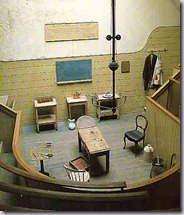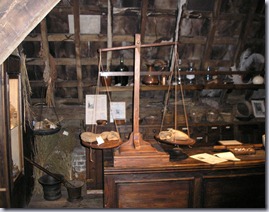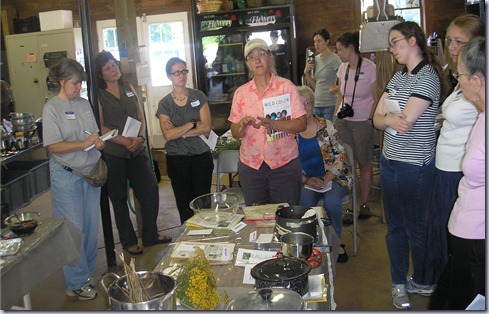Art and Alchemy
In the 1800’s, apothecaries sourced both artists and early physicians with common materials, from instrumentation (like alembics) to herbs that could be used for making dyes or healing wounds. In 2005 I had the pleasure of touring the Herb Garret and Dissection Theatre in London (link), which exemplifies the common origins between the scientific and artistic communities (pictures below; virtual tours (link) are available too). Memories of the drying herbs hanging from the Garret’s rafters were evoked this week as my family and I participated in the Monticello Natural Dye Making (link) workshop (held at the Tufton Farm location, home to the Thomas Jefferson Center for Historic Plants). There is no dissection theatre in Monticello, but certainly the process of cooking up natural dyes from herbs taps directly into the history of alchemy!An earlier post (link) motivates my journey toward fabricating my own paints, which stems from interests both alchemical and artistic. My wife is a better gardener than I, and she is responsible for stocking our yard with several classic sources: weld, woad, false indigo, iris, madder, yarrow, tansy, and hopi sunflowers. We attended the workshop to figure out how to proceed working these into dyes (and pigments).
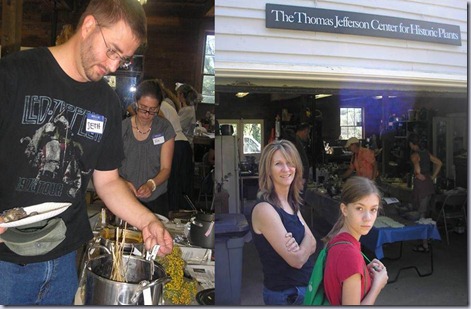
Pat Brodowski (center, pink shirt) is Monticello’s vegetable gardener and leads the workshop. The workshop allows attendees to see her “dyers workshop” and test out ~18 popular natural dyes (including Walnut and Brazilwood woodchips, chamomile flowers, woad leaves, madder roots, and cochineal bug parts).
General Dye Making Process
| (1) Prepare substrate (fibers) with mordant. There are different strategies for preparing and dyeing vegetable fiber (cotton) vs. animal fiber (wool). Mordants are a class of materials that ensure dyes remain attached to the fiber (to impart color fastness). Common mordants are alum (common for pickling now), tannin, or iron or copper rich solutions (which will also dye the fiber); sometimes using changing the acidity (with vinegar, ash water) will enable the colors to bind to fibers. Image: for the workshop, six pretreated fibers were ready for dipping (wool and cotton; each with treated with alum, copper, and iron mordants). | 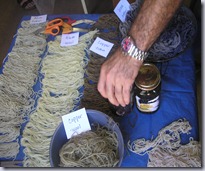 |
| (2) Harvest roots, flowers, stems, etc. | 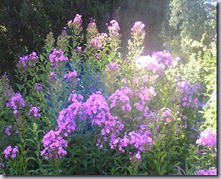 |
| (3) Boil like making tea. Cooking time and steeping process vary. Use dried or fresh materials (recipe dependent). |  |
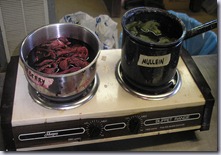 | |
| (4) Use pH modifiers to alter color or dissolve the dye. For example, the indigotin molecule from woad/indigo requires basic pH to dissolve in water. Historically, fermented urine sufficed for this, but today most prefer RIT brand Color Remover (as Pat does in the image to prepare a woad vat), ammonia, or even diluted Drano. Cabbage & Beet dyes (link) are classic natural pH indicators, that demonstrate how acidity can affect color (very acidic = red, neutral = blue, basic =yellow) (5) Dip fiber, let dry… | 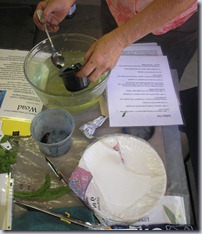 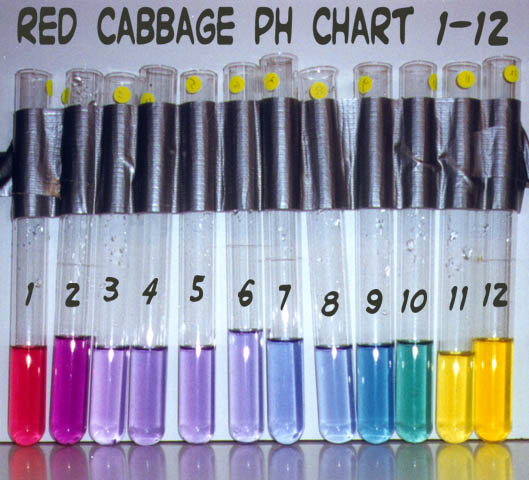 |
Recipes
Next Step: Make Paints From Dyes
Dyes are typically transparent and structure-less. They can be used as watercolors (thin paints). To make particle-based paints, one merely has to dye chopped-up fibers or chalk particles (a.k.a. whitings) and disperse into a carrier liquid (water or oil). Grinding the particles into fine bits (~1/100 the diameter of human hair) produces ink--no stabilizer needs to be added to prevent settling (i.e. lampblack ink is comprised of nanometer sized soot/carbon particles). The category of Paint covers opaque mixtures of pigments. The opacity is indicative of the “large” size of the color particles (large enough to scatter light, >0.5 the diameter of human hair). These will settle over time (min to hours) and will have to be mixed prior use...that is...unless additional “binders” are not added to prevent settling. Binders change the rheology of the liquid (in laymen’s terms, binders thicken the paint). Lots of binders and pigments are available, from egg whites (glair), whole eggs (tempera), to biopolymers (Xanthan and Arabic gums).
